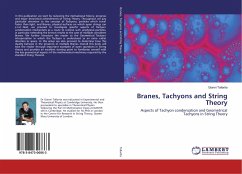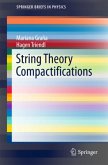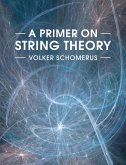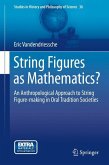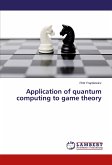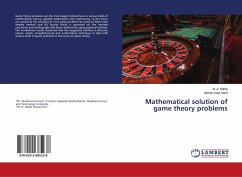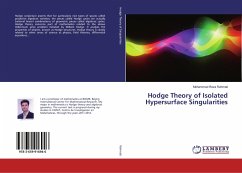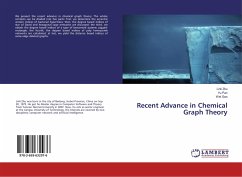In this publication we start by reviewing the motivational history, progress and major theoretical achievements of String Theory. Throughout we pay particular attention to the concept of Tachyons, particles which travel faster than light, and Branes, physical surfaces on which open strings can end. Next, we proceed to investigate specific aspects of Tachyon condensation mechanisms as a route to remove such unphysical particles, in particular extending the known results to the case of multiple coincident Branes. We further introduce the reader to the Geometrical Tachyon interpretation in which the Tachyon is understood as an extra radial direction in space. In this setup we also proceed to determine how this duality behaves in the presence of multiple Branes. Overall this book will take the reader through important examples of open questions in String theory and provides an excellent starting point to familiarise oneself with the less geometrical aspects of the mathematical machinery required by the standard String Theorist.

